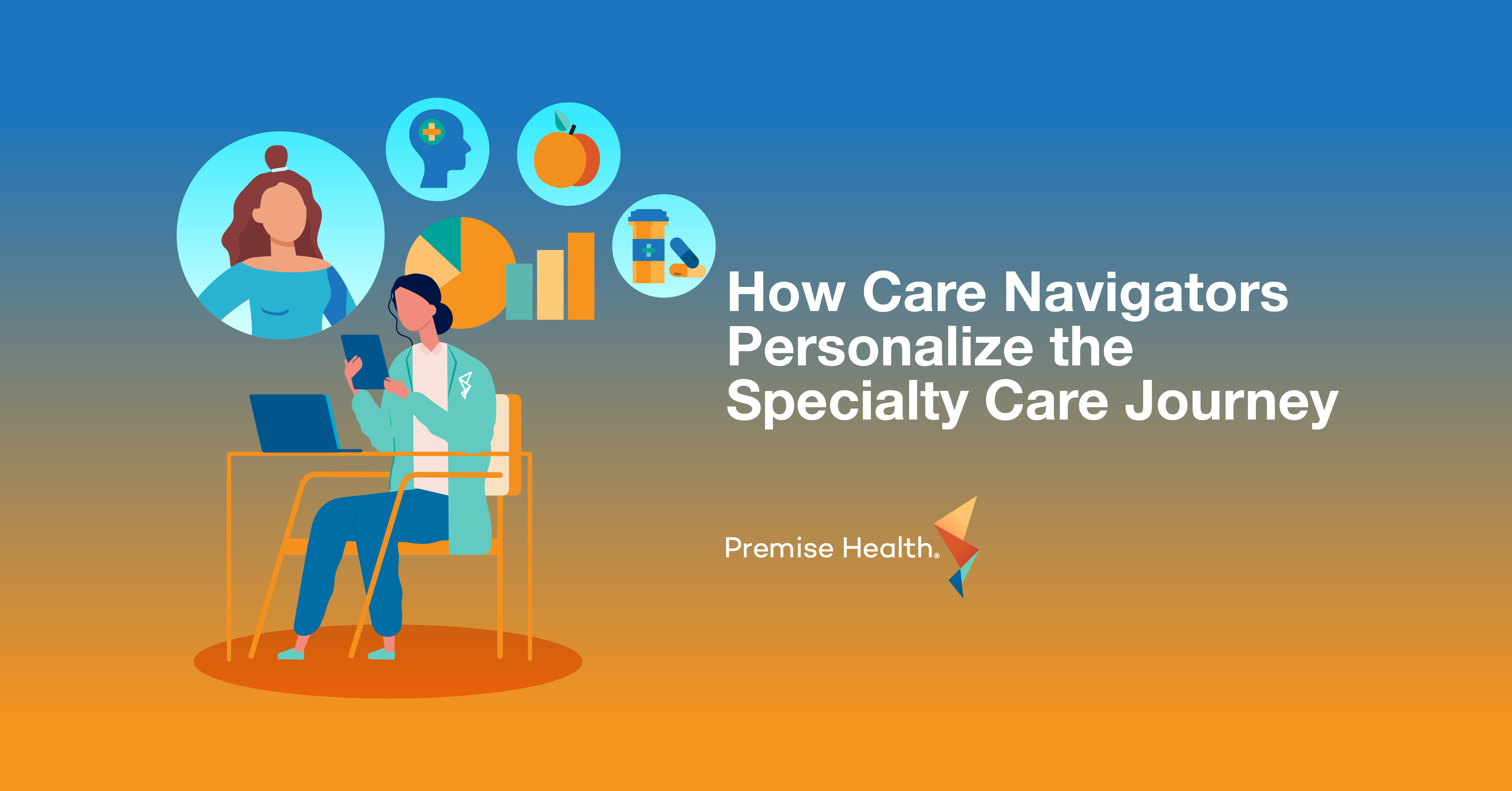The Future of Workplace Wellness: An Interview with Premise Health CHRO Liz Reimer
Wellness is one of the newest metrics employers use to analyze and assess their team members’ mental, physical, and financial health, making it more important than ever to revisit and enhance existing programs or create new.
 We sat down with Premise Health CHRO Liz Reimer for her take on what wellness is and how Premise defines it, its impact on productivity and profitability, and predictions for the future workplace wellness space.
We sat down with Premise Health CHRO Liz Reimer for her take on what wellness is and how Premise defines it, its impact on productivity and profitability, and predictions for the future workplace wellness space.
How does Premise define and measure wellness?
At Premise, we take a holistic approach to our wellbeing culture. We recognize “wellness” is unique to each individual team member, and what it means to them can change throughout their life. We look at the traditional areas of wellness, such as physical activity and nutrition, but we also believe that other areas of wellness are just as important – financial, social, mental, and emotional.
Aside from evaluating general employee benefits trends, we consider several metrics when evaluating the wellbeing of Premise team members, including looking at participation and engagement in different programs and challenges; feedback from various team member resource groups; webinar interactions; use of our tuition reimbursement program; and rewards earned through Sonic Boom Wellness, our engagement and wellbeing platform.
Based on your experience, how do you quantify the impact of a well workforce on productivity, profitability, and the overall success of Premise?
What we know is that now, more than ever, people are looking for robust benefit offerings within their organizations, companies that value people over profits, and working in an environment where the company’s mission aligns personally and professionally with the employee. Organizations of all sizes that promote safe and healthy work practices boost profitability and productivity. Investing in employees’ health and wellness is just good business – it’s better for them and for the employer’s bottom line.
At Premise, our onsite and nearsite wellness centers save employers an average of 25% on their employees’ and dependents’ total cost of care, according to an analysis conducted in 2023. It analyzed data across 19 employers in nine industries and took an in-depth look at total cost of care, direct cost avoidance, and productivity savings for members attributed to a Premise healthcare provider versus members who primarily seek care within their communities. Claims data from Premise-attributed members showed a range of savings from $2,930 to $1,246 per member per year (PMPY) – a large savings for their employers. Lower costs were mainly tied to benefit incentives which increased access to primary care teams, leading to closed care gaps and significant reductions in emergency room visits and inpatient admissions.
Many employers struggle to fund wellness programs that seem to come at the cost of the business. What advice do you have for other organizations and leaders who feel stuck between intention and impact?
Like most organizations, we have budget constraints and priorities across all areas of the business. One of the most effective ways we’ve consistently funded part of our wellness strategy is by working closely with our partners and vendors to build wellness funding into our programs with them. By negotiating wellness-specific funding into our agreements, we have been able to cover the costs of a significant portion of our platforms and incentives, greatly maximizing what we can offer team members.
For organizations that may be struggling with intention and impact, my advice would be to start cultivating an understanding of what employees need and want. Achieving significant return on investment starts with understanding what wellness means to your population and tailoring your approach to them.
What are your predictions for the future of workplace wellness?
One important lesson I learned is to develop a deep understanding of what employees want and need, now and in the future. Cultivating this understanding is critical to ensuring they feel connected to the work they’re doing. The less connected an organization is to its employees, the harder it is to retain them. People are our greatest asset. These are four trends to keep a close eye on when it comes to the future of wellness programs in the workplace:
- Behavioral health: Growth is happening across the board when it comes to health and wellness benefits for employees, but one specific area we expect to continue to grow is behavioral healthcare. The pandemic created demand for mental health support and changed the ways people and companies talk about it, leading to sharp growth over the last two years.
- Virtual benefits: Every generation is now a digital generation. People want to know that no matter where they may be located physically, they have access to quality care. This means digital care is a “must-have” instead of a “nice-to-have.”
- Embrace data and technology: In business, we lean on data to drive strategy and make informed decisions. In healthcare, it should be no different. At Premise, our providers are able to harness the power of data-driven insights to identify, guide, and provide comprehensive, high-value care. This helps our care teams stay ahead of the curve by identifying and delivering personalized, whole-person care to our employees and ensure proper diagnoses and treatment plans.
- Diversity, equity, inclusion, and belonging (DEIB): Inequality in access to healthcare and benefits, as well as biases toward specific groups, has led to a dissolution of trust in the healthcare system. Organizations must take charge and prioritize implementing training that facilitates an understanding of supporting people who come from various backgrounds. At Premise, we’ve facilitated clinical training for both our primary and behavioral care physicians to understand the social determinants of health across communities, including microlearning modules on inclusion for all, leadership development, and team member wellbeing, as well as additional training from the NeuroLeadership Institute on inclusion, change, and diversity.
At Premise, we emphasize a whole-person approach, keeping the healthy well and giving guidance to those who need a little extra help. We provide advanced primary care services ranging from care navigation to behavioral health to pharmacy and beyond. To learn more about wellness and the different type of care we offer, click here.
Next on industry insights.

From Crisis to Care: Addressing Mental Health Challenges for Union Members
Read the Blog
One Less Errand, One Healthier Member: The Power of 90-Day Prescriptions
Read the Blog